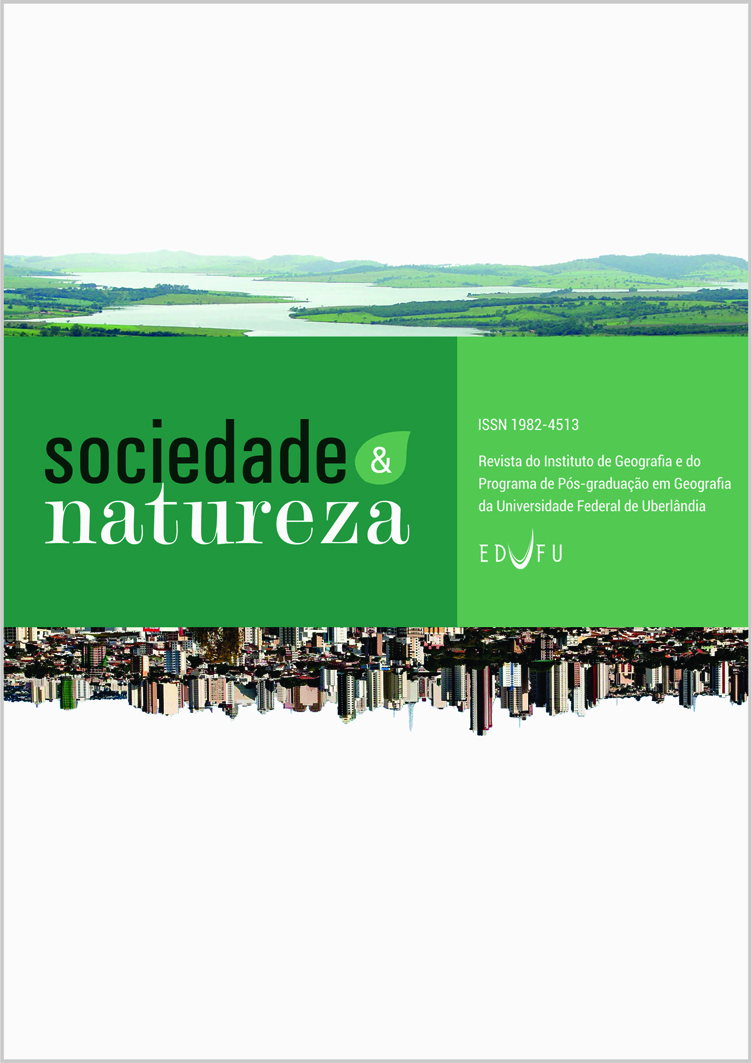Resumo
Although remote sensed methods provide reliable basis for identifying the amount and spatial configuration of deforestation, they cannot solely explain its underlying causes. For that, we need to complement the imagery analysis with socio-economic data from household or farm-level studies, because these domestic units affect process such migration, land-use, and technology choice. Thus, by combining remote imagery sensor and social survey, we obtain a merged analytical framework, which has the potential to improve our understanding on the determinants of human-driven forest fragmentation. We present such a methodological framework for studying deforestation in the Brazilian Atlantic Forest. Two empirical studies - a remote sensing analysis and a farm-level survey - were put together in the context of a wider project focusing on forest fragmentation process in the northeastern Guanabara region, Rio de Janeiro, Brazil. We show that, rather than 'patchwork quilt' methodologies, we need theoretical-oriented frameworks that give sense to the use of different landscape ecological approaches and methods (imagery analysis, mathematical modeling and social studies) in order to document and interpret land-use changes. Key-words: remote sensing; farm-level survey; landscape research methodology; forest fragmentation; Brazilian Atlantic Forest.
Este trabalho está licenciado sob uma licença Creative Commons Attribution 4.0 International License.
Copyright (c) 2008 Diogo de Carvalho Cabral, Simone R. Freitas, Judith T. Fiszon
Downloads
Não há dados estatísticos.
Métricas
Carregando Métricas ...

